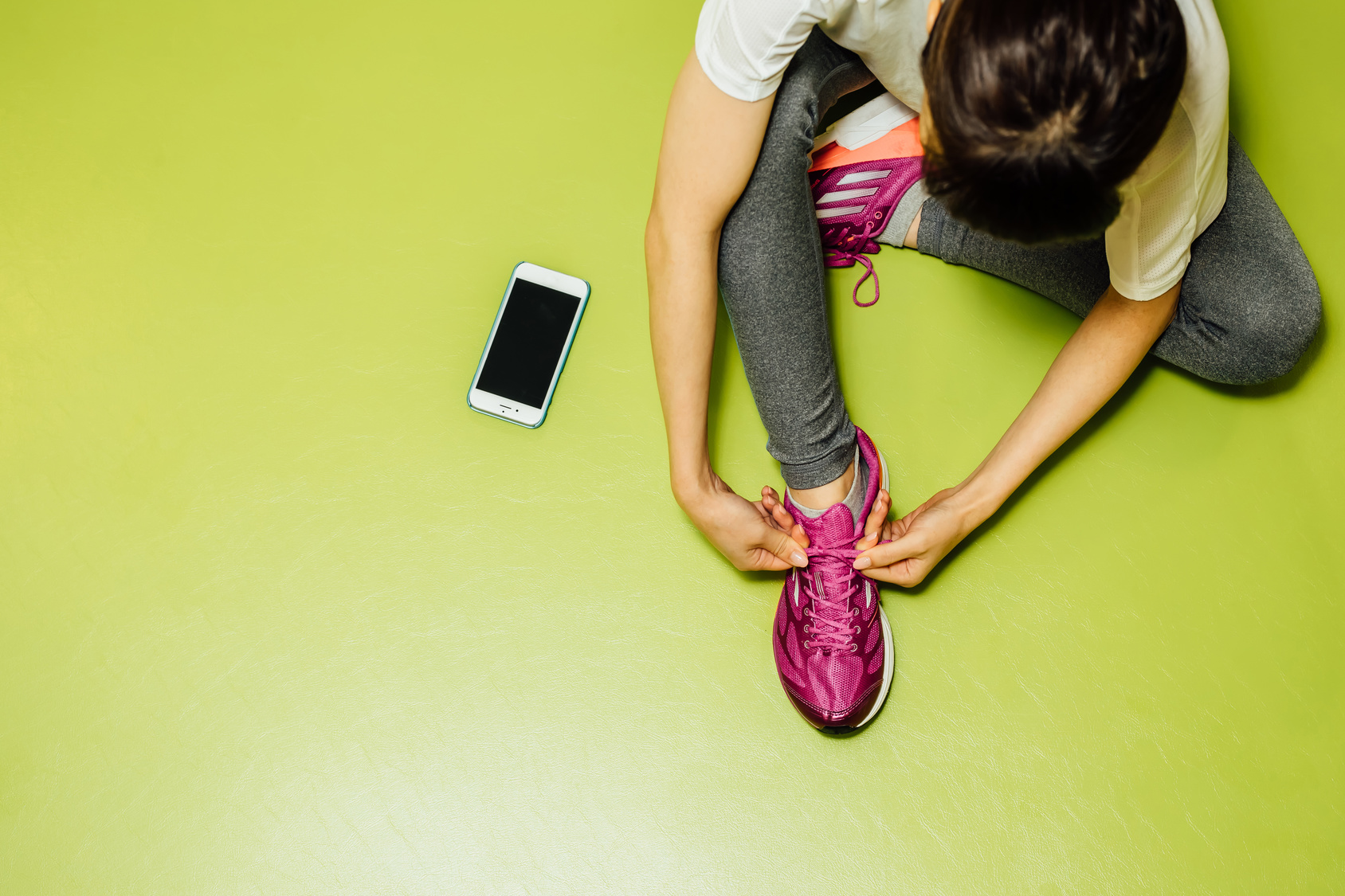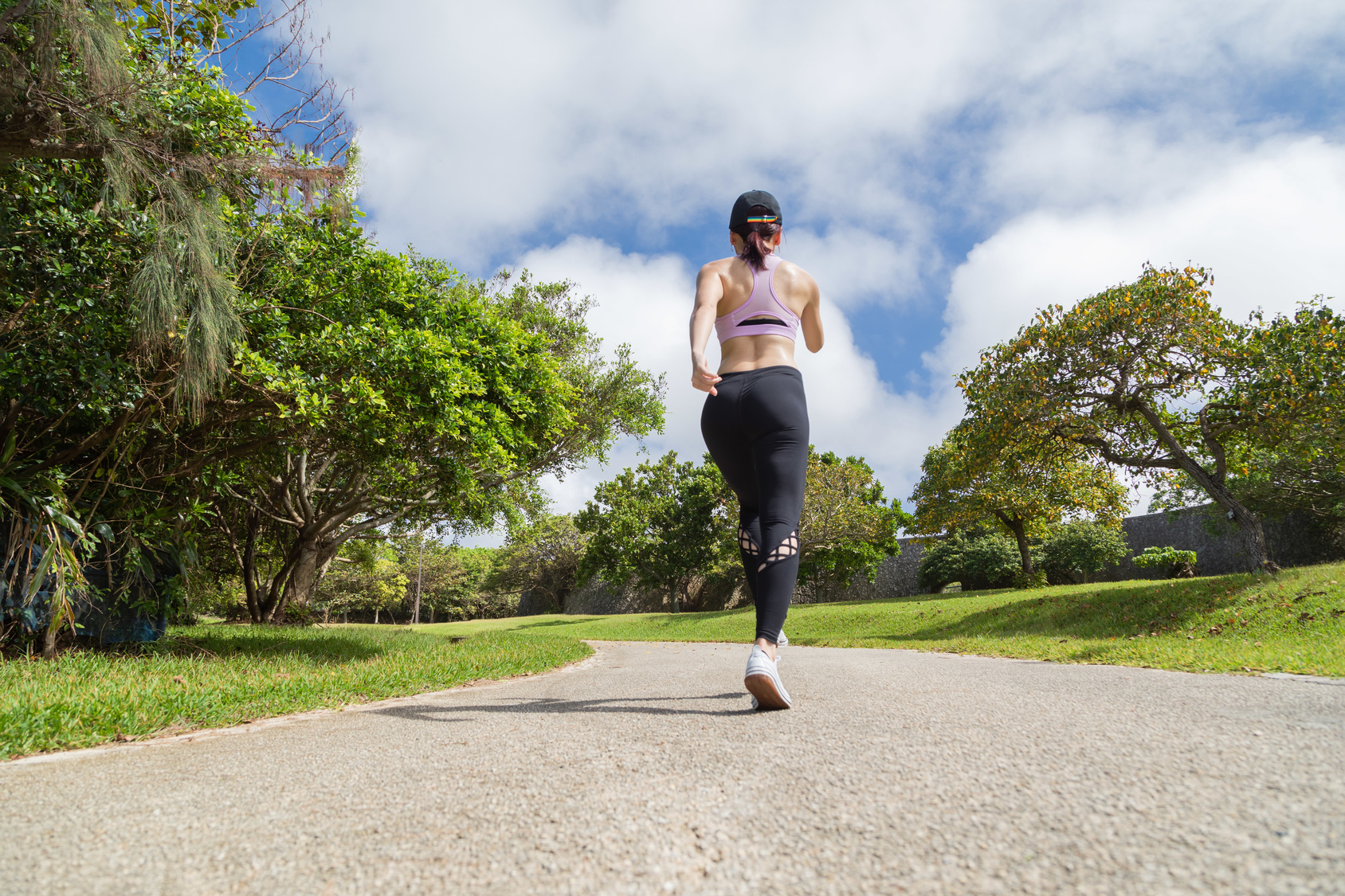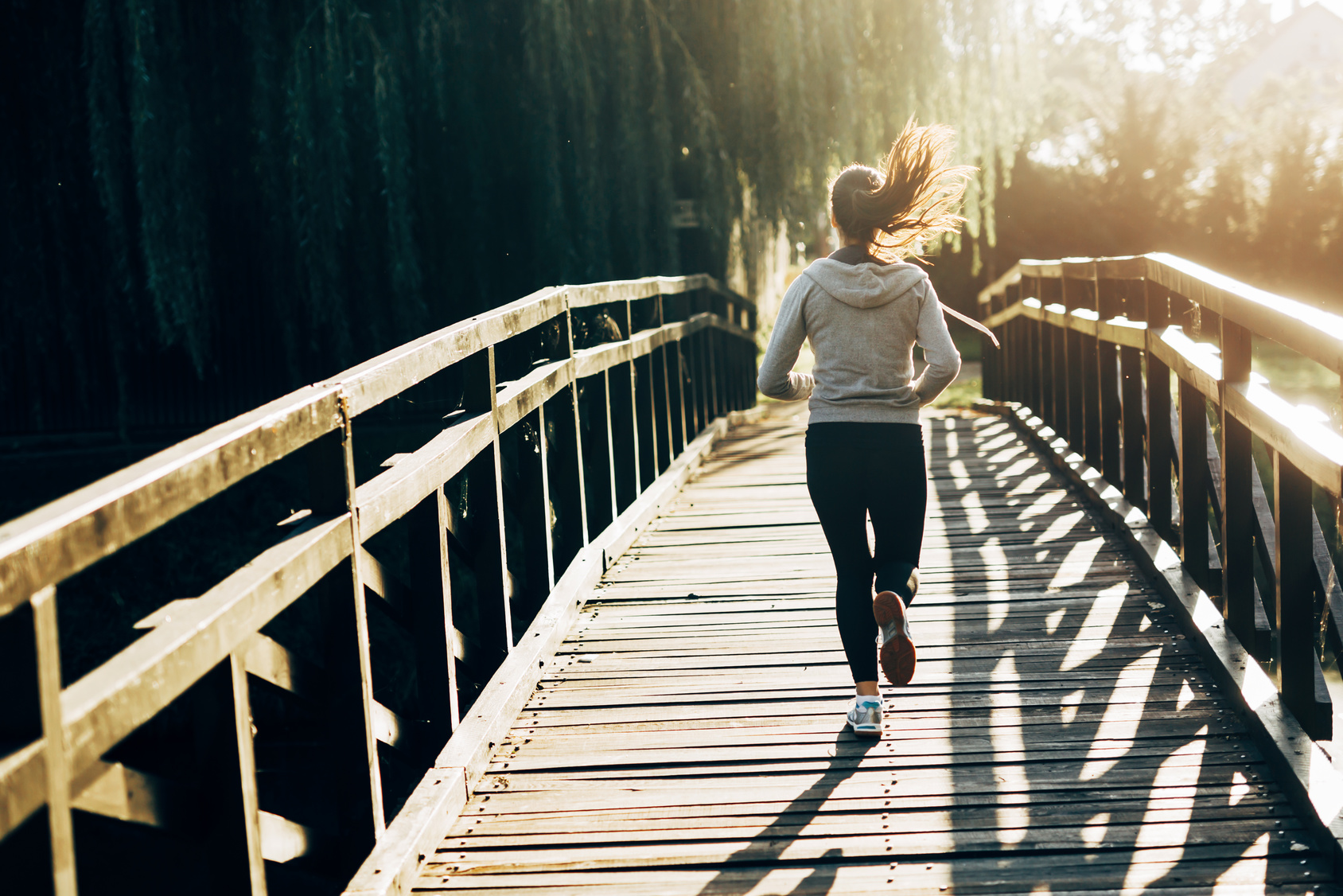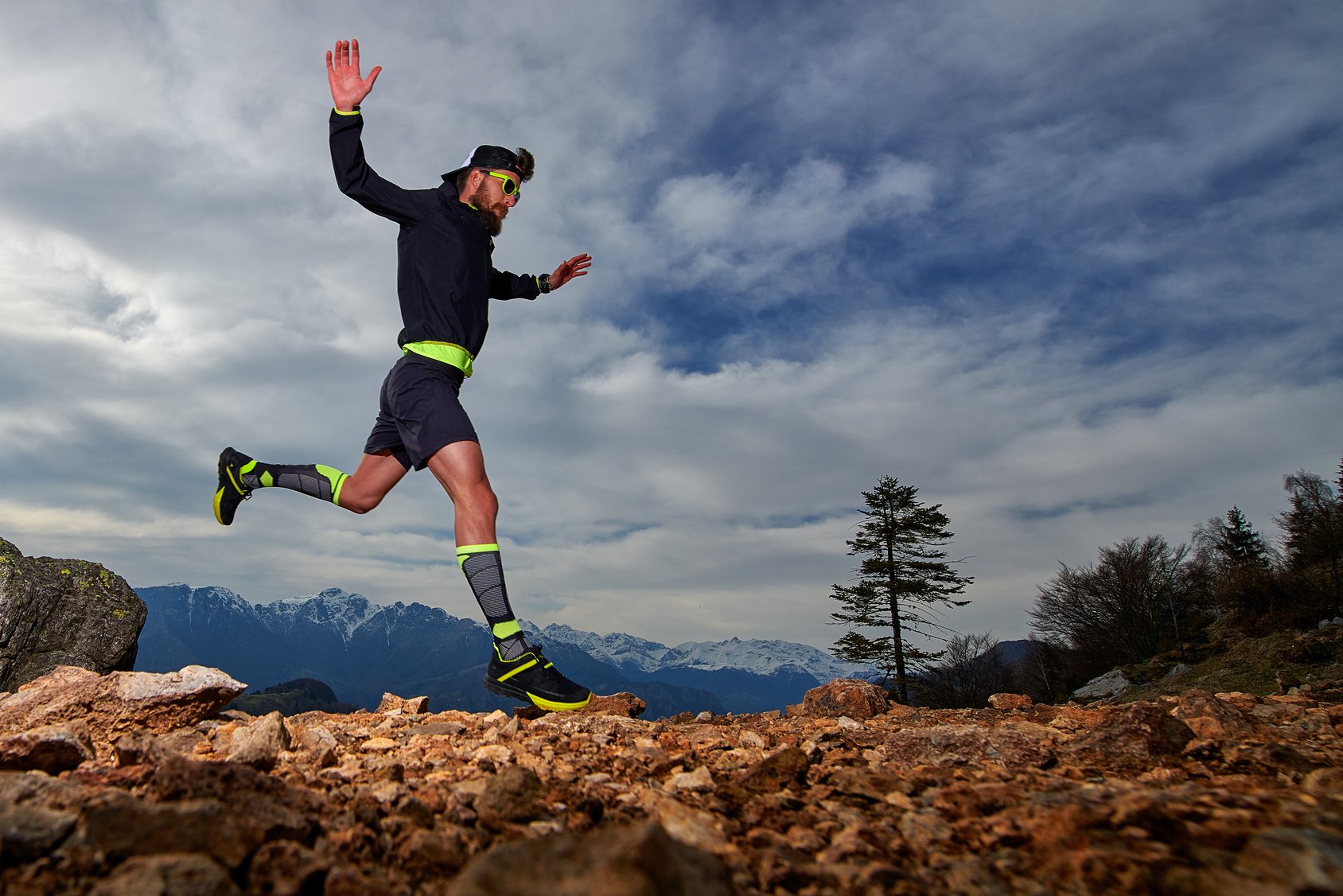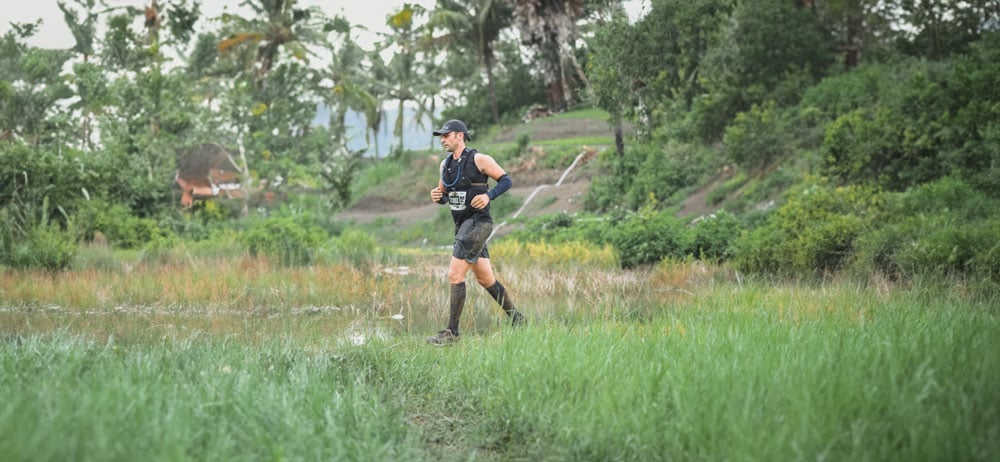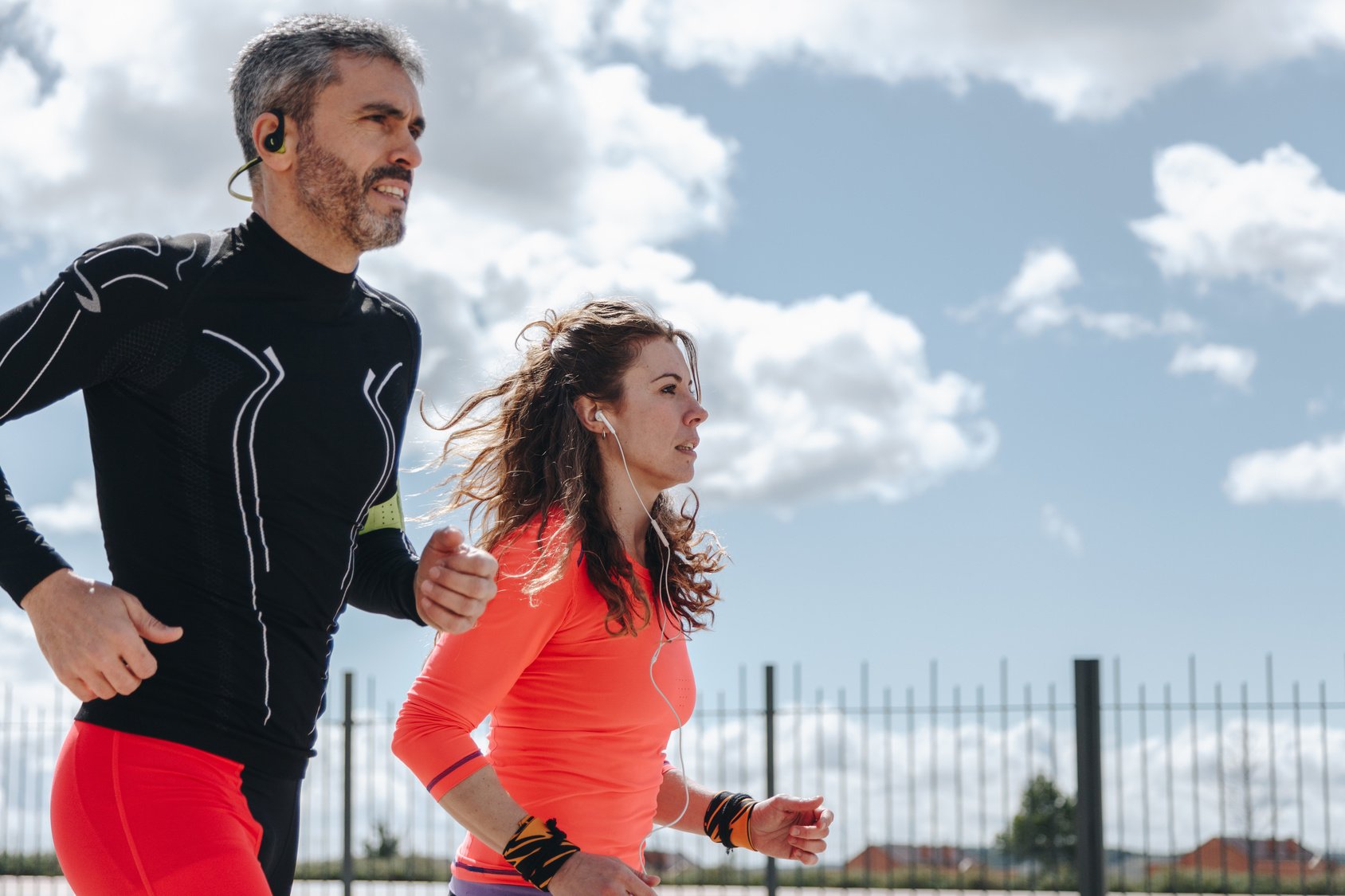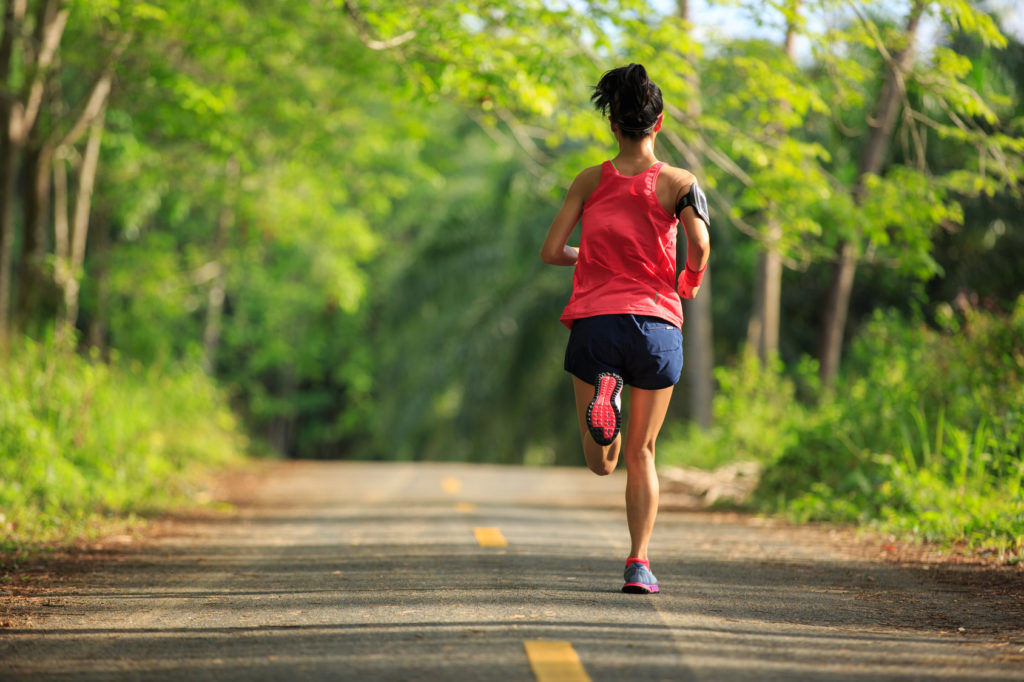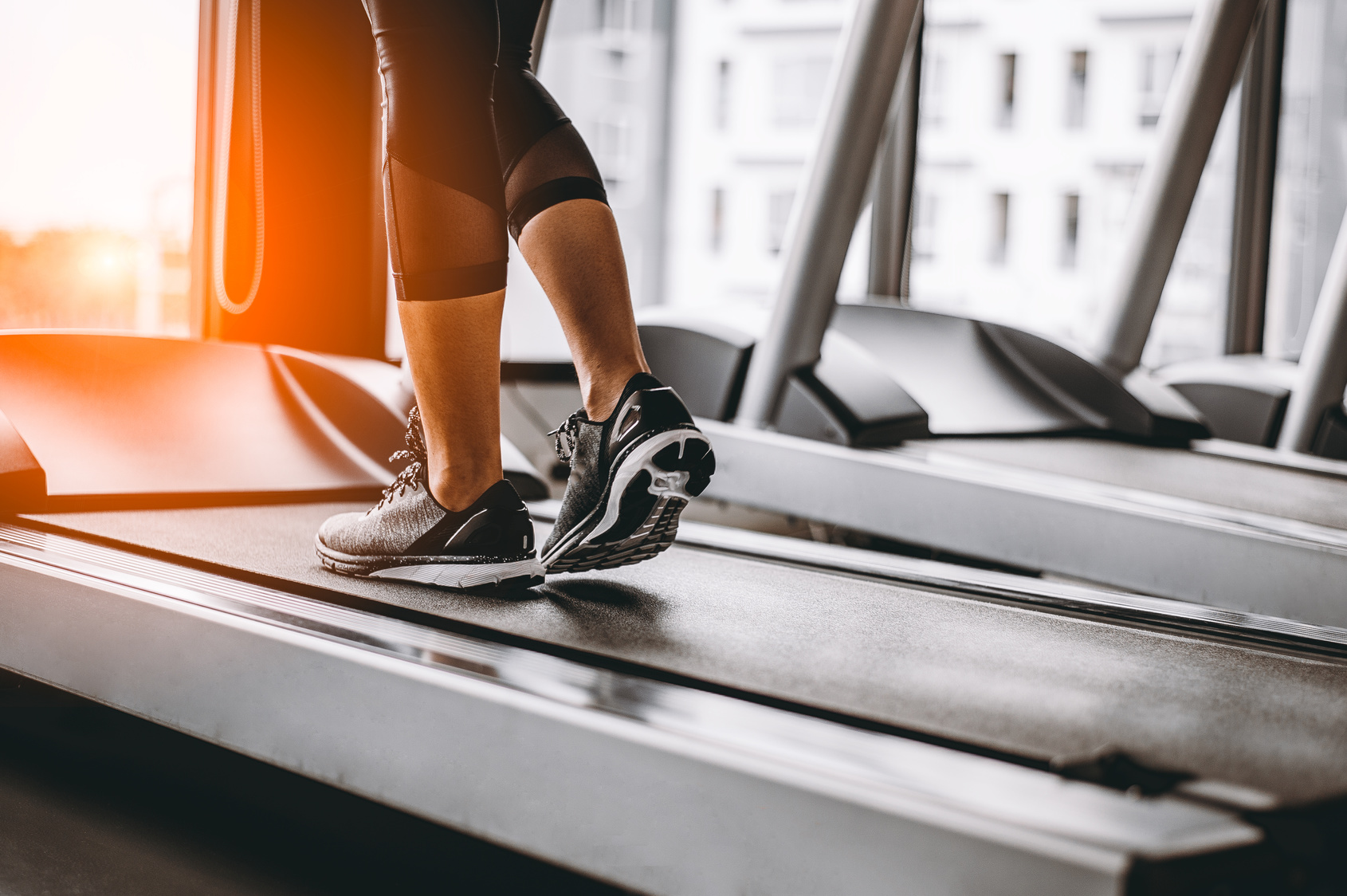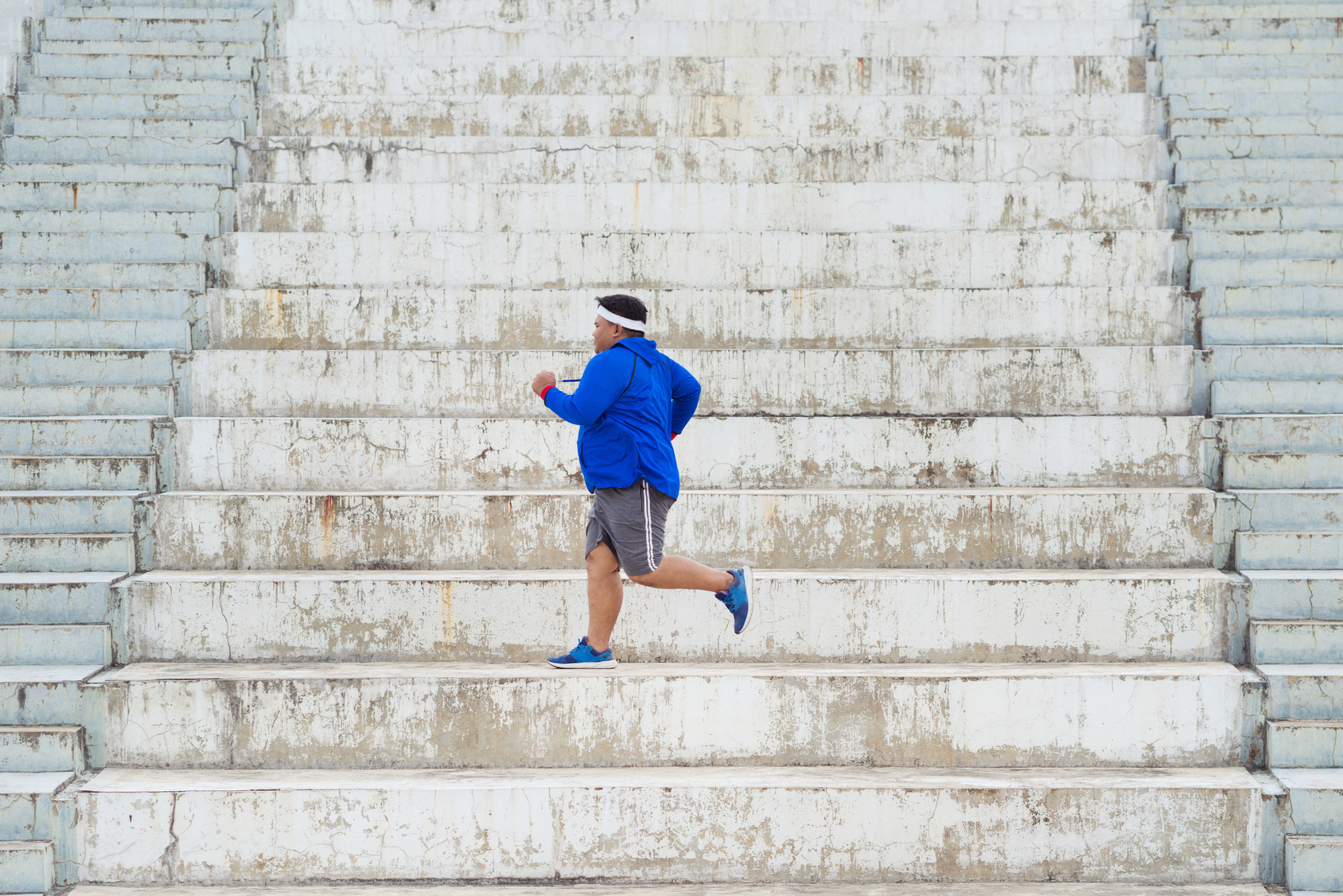Whether you’re a newbie 5K runner or a hardcore marathoner, the long run is essential to any successful training program.
It’s foundational and a reliable training tool to help you reach your running goals.
Long runs help build stamina, speed, and mental toughness—the building blocks for efficient training.
But knowing how to do the long runs right (and safe) can often confuse any runner.
So, what is a long run?
How long should it be?
How to schedule it?
Keep on reading to discover the answers.
What is Considered a Long Run
As the name implies, a long run is a prolonged effort run with the main purpose of increasing endurance and stamina.
These 60 to 120 minutes (even more) runs are all about running at an easy pace— one that’s slow enough that you could carry on a conversation without huffing and puffing.
What defines the long run varies from one runner to the next, depending on fitness experience, training goals, motivation, and racing aspirations (if you have any).
That’s why these sessions may mean different things for different runners.
For beginners, a long run might be a 7-miler.
For the more experienced, it might be a 16-miler, or longer.
What’s more?
Once you get fitter, the meaning of “slow” will change.
You’ll actually be able to finish your long runs faster and stronger than you did when you just started off.
Long Runs Benefits
Long runs have a lot to offer.
Sure, some of the benefits still apply for other runs, but they’re more evident the longer time you spend on your feet.
Let’s look at some of the benefits of long runs.
Stronger Muscles
Running for extended periods increases the strength of the primary running muscles (glutes, quads, and calves), and connective tissues, as well as those of the respiratory system—including your diaphragm and core muscles.
Bone Strength
Unlike intense running—such as fartleks and speedwork—long runs at a slow pace don’t put too much pressure on your bones.
Even though bones are sill prone to overuse injury from high impact, adding more mileage in a gradual and a slow manner stimulates them to make more tissue, thus becoming denser and stronger.
So, don’t be surprised if you aren’t getting injured as often as before.
Additional fact, study shows that in runners, the weight-bearing bones of the spine, pelvis, and legs tend to be stronger than the bones of sedentary people.
Stronger Capillaries
One of the major benefits of running long and easy is the development of capillaries, which are the smallest of the body’s blood vessels and are vital for delivering oxygen and nutrients to the muscle tissue.
The more capillaries you have surrounding your muscles fibers, the more efficient you can send energy to your working muscles.
Boost Mitochondria
Mitochondria are microscopic organelles that use oxygen to transform carbs and fat into energy, which contributes to Adenosine triphosphate (ATP) production.
That’s why the greater number of mitochondria you have, the more powerful your engine.
According to research by Holloszy and Dudley, the greatest mitochondrial development takes place at about 2 hours of running at 50 to 75 percent of VO2max.
Improved Aerobic System
Long runs train the aerobic system, and strengthen the heart.
The more time you spend on your feet, the stronger and powerful your cardiovascular system gets.
Builds Form
The long run is the ideal opportunity to spend lots of (quality) time honing the different aspects of proper running technique.
This helps make your running more efficient, improving your speed and reducing injury risk.
What is A Long Run – The Complete Guide
To start (and keep) a long run routine, use these four vital principles to guide you throughout training:
- Your distance
- Your pace
- Your recovery
- Your nutrition
Let’s dissect each one.
Your Long Run Distance
Long runs aren’t created equal.
Distance varies from one runner to the next.
As I explained earlier, one runner’s long run is another’s recovery workout.
Here are the main factors that determine how far you should go:
- Fitness level,
- Training goals (What are you aiming to achieve)
- The type of race you’re training for, (the date of the event)
- Your inclination to sacrifice a big chunk of your precious time for running.
The General Rule
Most experts recommend that about 20 to 30 percent of your weekly training volume to be devoted to the long run.
For instance, a recreational runner covering less than 30 miles per week might do a 10-mile long run (30 percent of weekly mileage) whereas an elite athlete logging 80 miles may clock at 16 miles (20 percent of weekly volume).
How Long is a Long Run?
Running is good for you, but that doesn’t mean that you can do it 24/7. Log in too many miles, and you might experience chronic fatigue, muscle damage, and prolonged recovery, which outweigh the long run benefits.
The long run should make up about 20 to 30 percent of your weekly running volume as a general guideline. Those logging fewer miles can aim for the higher end of that range, whereas runners running more will likely be close to the lower limit.
For example, if you’re logging 50 miles every week, your long run could be anywhere between 10 and 15 miles.

Here are more recommendations for long run distance based on target distance goal.
- Mile or 1500m = 4- to 10-miler long run
- 5K = 9- to 15-miler long run
- 10K = 11- to 17-miler long run
- Half Marathon = 14- to 20-miler long run
- Marathon = 17- to 22-miler long run
Your First Session
Your first long run session is the longest distance you ran within the last two weeks, even if it was just a 5-miler.
Have a starting point?
Great!
This is how you build it up:
While keeping a comfortable pace, plan your long running route so you could run one extra mile—or roughly 10 minutes—further from one week to the next.
Make sure to never exceed the upper range as doing more than your body can handle increases the risks of injury and burnouts.
Whatever you do, don’t give up.
Time flies by, and before you know, you’ll be covering 10, 12, 16, even 18 miles every weekend.
What’s more?
Leave your other runs and cross-training workouts at the same intensity and distance.
Do not try to change many variables at once—that’s how you get injured and/or burned out.
Your Long Run Pace
The cardinal rule of long-distance running is to go slow and steady.
More specifically, long runs should be performed at roughly one minute slower than your marathon race pace, or around 90 to 120 seconds per mile slower than your current 10K pace.
Also, keep your heart rate within roughly 65 to 75 percent of your maximum.
Whatever you do, do not exceed the fast end of that range as doing so increases the risks of injury, excessive fatigue, and overtraining.
In case you don’t have a current 10K or marathon pace time or are not using a heart rate monitor, then run at a conversational pace, or around 5 out of 10 on the perceived exertion scale.
This is a pace at which you can easily chat, or recite the pledge of allegiance, whiteout gasping for breath.
If you can hear yourself panting for air, you’re going too fast.
Additional resource – Overtraining in runners
How Fast Should Long Runs Be – The Ideal Pace
Long runs are tricky. If you run too fast, you increase injury risk and burnout. Run too slow, and you won’t likely trigger significant stimulus and adaptation.
So how fast should your long runs be?
Here’s the truth – There’s no such thing as the perfect pace for your long run.
Your chosen pace will depend on your current running ability, running goals, and overall running program.
If you’re a beginner aiming to simply run longer, you should stick to whatever pace you can comfortably maintain throughout the run without having to stop.
But if you have been around the running block for a while and would like to improve speed or set a new personal record, shoot for an average long-run pace around 55 to 75 percent of 5K pace, with the average pace being 65 percent.
Research backs this up as it shows that running faster than 75 percent of 5K pace during long runs doesn’t trigger any extra physiological changes.
Now let’s look at some methods to help you make sense of these percentages. We need to be practical here, right.
Additional resource – How many miles is a half marathon
The Talk Test Explained
Also known as the conversational pace, the talk test is an effective way to check your long run pace.
As the name implies, you should be able to talk—or hold a conversation—with your running buddy without panting for air.
You should strive to keep the conversation going with comfortable but slightly labored breathing.
In other words, yes, you’re pushing yourself but not past the point where you can’t carry on a conversation.
Can’t do it without panting? Then your exertion levels are over the long run range. Slow it down.
Running alone? Then try reciting the pledge of allegiance out loud.
The Nose Test
This is another effective assessment if you don’t have anyone to talk to while performing your long runs.
Just like the conversational pace, the nose test is a fantastic way to assess your pace. It examines how efficient you’re at sustaining your breathing while running.
As a rule, you should be breathing comfortably from your nose the entire time. Can’t do it? Then you need to slow down until you can.
Rate of Perceived Exertion scale
Rate of Perceived Exertion, or RPE, scale is a tech-free way to estimate how much effort you’re exerting during your runs. This is the embodiment of running by feel.
This strategy allows adjusting your training effort based on how you feel both physically and mentally. You essentially speed up when things feel easy, then slow down when you start to get winded.
On a scale from 1 to 10, in which
- One to three represents easy activities (no more strenuous than walking),
- Four to six is for more moderate activity (the type of which you can maintain a conversation without panting), and
- Seven to ten, during which you push your body to the max.
As a rule of thumb, your long runs should be around 5 to 6 on your RPE scale.
Check my full guide to RPE here.
Different Paces
As I mentioned before, once you get fitter, you’ll want to make your long run pace more challenging.
Here are two options.
The Negative Split
Doing negative splits, which is running the second half of a long run a bit faster than the first, is a great way to push the pace without running your body into the ground.
Here is how:
Run the first half at a conversational and controlled pace.
Then, once you reach the middle point, gradually pick up your pace and finish it off a bit faster.
For example, if you’re planning to run a 16-miler, run the first 8 miles at an easy and controlled pace, then at the 8th-mile mark, start to gradually pick up the pace and run the last 8 miles at, at least, 10 to 20 seconds per mile faster.
Make sure you pick a suitable pace you can maintain until the end.
Additional resource – How long is a 100-mile race?
The Marathon Pace Long Run
When training for a long distance event, try to not run your long runs at your goal race—or else, you’re flirting with disaster.
If you put too much stress on your body then your risk extreme fatigue—for the short term—and injury, and/or a painful burnout—over the long haul.
For the ideal pace, shoot for one minute to 90 seconds slower per mile than your marathon pace goal.
You can also do a negative split during your marathon pace long runs.
For example, for an 18-mile long run.
Run the first 9 miles of your long run at an easy pace, then steadily speed it up to goal marathon pace over the last 9 miles.
Long Runs Variations
Long runs can take many formats. And pace tends to vary from one variation to the next.
The most common long runs variations include:
Classic Long Slow run
What’s usually referred to as LSD runs in the running world. These sessions help you build basic endurance and musculoskeletal strength when you’re a beginner.
As you get fitter, classic long slow runs help improve your body’s efficiency at burning fat as fuel.
As a general rule, perform these sessions by time instead of distance. You’ll help prevent fatigue, bad technique and reduce the risk for injury when you do so.
What’s more?
These sessions should be run at an easy, conversational pace. There should be no fluctuation in pace at any time during the session.
Progression Long Runs
Ready to take your long runs to the next level? Then try a progression run.
As the name implies, a long progression run is a run in which you keep increasing pace as you go.
Ideally, you start at an easy pace but slowly and gradually speed up over the second half.
Depending on your training cycle, you might be logging the miles near all-out toward the end of the session.
Usually, these progression long runs finish near marathon—or race goal—pace or lactate threshold pace.
Fartlek Long Runs
Another way to make your long runs more challenging is to add in a few intervals.
By varying intensity and pace over a long run, you activate different energy systems. This, in turn, produces a more powerful training impact.
After warming up for 10 to 15 minutes at a conversation pace, add in surges of the speed of different lengths every 10 to 15 minutes.
The surges could be intervals of 1,000 meters at marathon pace or shorter intervals of 400 meters at your current 5K pace.
Your goal is to speed up for a random amount of time—or distance—throughout your long run. Since this is a more challenging variation of the long run, only experienced runners should try them.
Fast Finish Long Run
One of the best training strategies for long-distance runners, the fast finish long runs forces you to keep logging the miles fast while fatigued.
At a minimum, once you’ve built a good base mileage, schedule a fast-finish long run every third or four long runs.
Just keep in mind that you shouldn’t complete all of your long runs with a fast finish surge. The sessions might be the same as running a race every weekend.
As I’ve explained earlier, most of your long runs should be performed as long slow distance runs.
I recommend completing faster long runs sessions every three to two to three weeks – just to keep yourself challenged and unbored. After that, the rest is just details.
Additional resource – Your guide to Charleys Horse in runners
Your Long Run Recovery
Long runs will take a toll on your body.
That’s why recovery is as important as the training itself.
When you recover properly, you will bounce back quicker after hard workouts and run with fewer injuries.
Here are four things you need to do to ensure maximum recovery after a long run.
Hydration
Immediately after finishing a long run, drink plenty of water to meet your fluid needs.
Electrolyte water can be an option, but never the main.
Energy drinks or supplements are shun.
Recovery day
Have a recovery day—or a couple of days—after your long run.
Don’t want to take a day off?
Try cross-training—doing preferably low impact activities with minimum stress on the body.
Do a light total-body or a core exercise routine, recovery yoga, or foam rolling to release any tension or post-run ache and pain.
You can also do a recovery run if you want to.
Stretch Your Running Muscles
Although the science on the effectiveness of stretching for injury prevention and recovery is still inconclusive, I still believe in its importance.
This is especially the case during the post-run window when your muscles are warm and ready for a stretch.
Focus on major muscle groups—especially the muscles you use the most during your runs—and breathe into any tightness so you can release it.
Stretching also good to avoid cramps.
Ideal Running Program for Maximum Recovery
Here is how a typical running schedule may look like
- Monday: Interval run
- Tuesday: Rest day or recovery
- Wednesday: Fartlek run
- Thursday: Hill run
- Friday: Easy day
- Saturday: Long run
- Sunday: Rest
Overall, this is just an example.
You can always come up with your own training schedule.
In fact, I urge you to do so.
Note – Here’s how often should you run per week.
Your Long Run Nutrition
To perform your best in the long run, you’ll want to ensure you’re eating the right things at the right time. Diet is as important as the training itself.
Your food choices matter a lot when it comes to running. Eat the wrong things, and you’ll set yourself up for failure, and you don’t want that.
The reason?
The food you eat before a run can help you accomplish either of the following two things:
- Provide energy for the miles, which is, after all, the purpose of pre-run eating. Or
- Negatively impact your running performance and comfort during and after your workout.
So which option is more attractive?
Of course, number 1.
What’s more?
Stomach issues caused by bad food choices are common among runners.
A survey shows that over 40 percent of runners have had stomach issues ruin a long run, a recent poll of @runners world revealed.
Making the right diet choices the night before a run can help you prevent a runner’s stomach, make sure you have enough fuel to avoid bonking, and keep you healthy and strong while running long distances.
By practicing the following nutrition guidelines, you’ll be able to provide your body with enough energy during endurance training without upsetting your stomach.
What’s not to like!
Start Small
Not used to eating on the run? Don’t worry.
You can learn how to do it by embracing the minimal approach.
How?
Experiment by taking in as little as possible.
That means that instead of swallowing an entire packet, take one mouthful and remember to wash it down with water.
See where that gets you.
If you’re good, then have more.
How Much
As a rule of thumb, begin refueling about 30 to 45 minutes into your long runs.
Doing so helps keep your digestive system functioning optimally.
In general, ingest 30 to 50 grams of carbs —roughly 100 to 200 calories—for every hour of runs longer than 60 to 90 minutes.
Remember: Calorie needs depend on many factors, such as speed/intensity, gender, and training goals.
That said, what I’d recommend you do is always to have the extra nutrition to be safe.
It’s always better to err on the side of caution.

Eat Real Food
Running nutrition is not expensive.
Most of the performance perks of engineered sports products—such as gels and energy bars—can be found in your fridge.
For the record, natural foods are always the better option.
These foods are rich in vital nutrients and everything else your body needs for optimal functioning.
Here are some of my favorite running snack:
- Peanuts
- Honey
- Animal crackers
- Peanut butter
- Pretzels
- Dried fruits like raisins
Say No to Fiber
In essence, avoid high fiber or whole grain foods.
Though veggies, fruits, and beans are an essential part of a runner’s diet, these can cause digestive issues on a run, including gastrointestinal distress, bloating, and runners diarrhea.
Sports Drinks & Gels
Not a fan of real food on the run?
Then get your carbs from a sports drink.
As already stated, you need between 30 and 60 grams of carbs for each hour spent on your feet, so pick the right sports drinks.
Aim for products with at least 8 percent carbohydrate concentration.
Sodium is an essential mineral that we lose through sweat, and replacing it is vital for improving the retention of fluids in the body.
Shoot for at least 100 mg of sodium per 8-ounce serving.
Be Your Own Guinea Pig
To master the art of fueling on the run, you’d need to experiment with different foods and products.
Everybody is different and responds differently to different foods and brands.
There’s no such thing as one size fits all!
Sooner or later you’ll find what works the best for you—as long as you’re willing to test it out.
Once you’ve found what works for you, stick to it.
There’s a lot of truth to the adage that if it ain’t broke, don’t fix it.
As you experiment with different nutritional methods during your training runs, keep track of the following:
- How much food did you take in?
- How did your body respond to the food?
- What were your energy levels?
- Did you have any stomach problems?
The answers to these questions will help you form the plan that will work best for you
Both literally and figuratively.
Examples Of What To Eat The Night Before A Long Run
Now that you know a thing or two about avoiding the night before a long run let’s get into the fun stuff and share a few examples of food to eat.
Pizza
It might not seem like the healthiest choice, but pizza can do the trick, especially if you keep the serving size reasonable.
Just remember to skip the greasy pepperoni or sausage, go light on the cheese and keep your serving size reasonable.
Already lactose-intolerant? Go for lactose free-cheese or skip it altogether.
Couscous
Couscous
The famous Moroccan dish is one of my favorite.
You can mix the couscous with a variety of veggies and meats, but as a pre-run meal, I recommend keeping it simple.
Salmon
Salmon is a great high-protein, anti-inflammatory food that’s also easy to digest. Not only that, but it’s also easy to make a salmon dish as it literally takes under 20 minutes to throw together.
Sweet Potatoes
As one of the best sources of carbs, sweet potatoes are an integral part of a runner’s. They’re not only easy to digest, but they are high in carbohydrates, potassium (to prevent muscle cramps), and other valuable nutrients.
Grilled Veggies
Grilled vegetables still have a lot of nutrients without a huge amount of fiber.
Sushi Rolls
My favorite Japanese food of all time. I’d eat three to four, depending on the size, with sushi meshi (sushi rice), lean fish, veggies, avocado, etc.
Just remember to avoid higher-fat fillings such as tempura and cream cheese.
What to Have For Breakfast Before A Long Run
I’d suggest nothing unless you insist. I mostly do my long runs in a fasted state, but that’s me. Maybe you’re different. Maybe you need something in the tank before you get going.
The key is to experiment and find what works the best for you. But as a rule, avoid eating a large meal before a run. I hate to state the obvious, but here we are.
Depending on the timing—and length—of your long run, have something at least two hours before your run. Your breakfast should consist of an easy-to-digest, light meal.
Here are some good ideas to get you started.
Toast
Looking for a quick source of carbs before a long run? Look no further than a toast.
Toast is easy-to-digest and can be topped with nutritious spreads such as grass-fed butter or nut butter.
Bananas
When it comes to pre-run fueling, you cannot go wrong with a banana.
Not only are bananas a fantastic source of fast-releasing carbs, but they are also high in magnesium and potassium—key for preventing those dreaded muscle cramps on the run.
Oats
Overall, oats make for the perfect breakfast, making it the ideal pre-run snack to power you through your long run. Just keep in mind that some oat brands are high in fiber, so make sure to allow some time for digestion before you set out.
Do You Need To Eat Pasta Before A Long Run?
This is one of the most common running questions, and my answer is a simple No.
Loading on pasta is a long-held running myth that I’d like to demystify once and for all. Don’t get me wrong. I love pasta, and it’s a great source of carbs. It’s also easy to digest.
But, all things considered, carb-loading isn’t needed unless you’ve been severely restricting your calories for the rest of the week.
All in all, your body should have a good storage of carbs in the muscle in the form of glycogen.
Stay Hydrated
Whether you’re a beginner or an advanced runner, hydration is key.
To make sure you’re making the most out of your long runs, you SHOULD & OUGHT to hydrate before the point of dehydration. Unfortunately, it’s not easy for your body to catch up if dehydration has already occurred.
When it comes down to it, staying hydrated is as important—even more important—than eating.
Don’t simply gulp a glass of water five minutes before a long run. Instead, make sure to sip all day long.
If you tend to run in the morning (just like I do), then try to meet your hydration needs the night before, then start drinking the moment you wake up.


